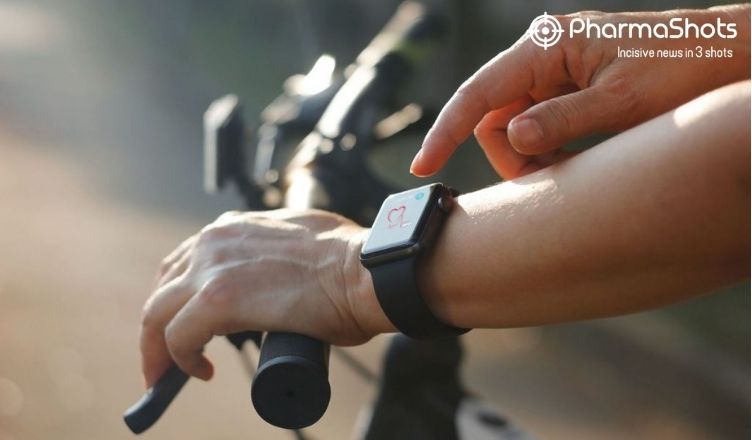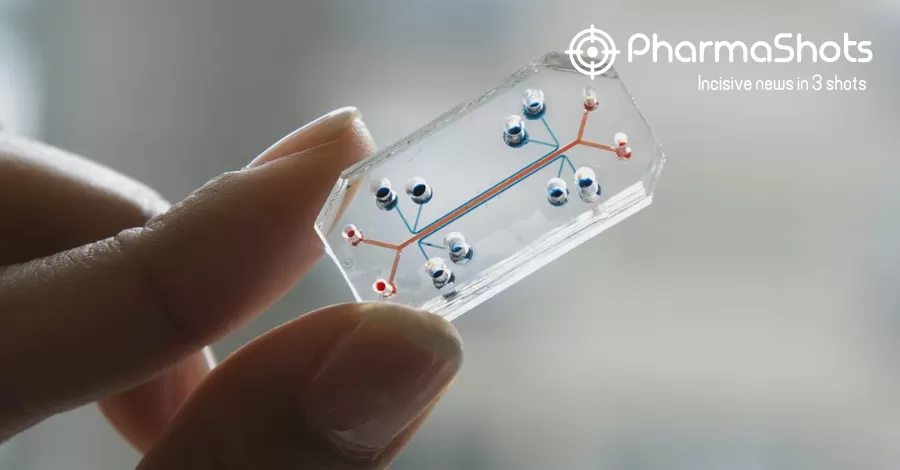
Organs on a chip (OOCs) – Transforming Animal Testing
Clinical studies cost money, time, and animal lives. There is an urgent need for alternative ways to model human diseases in-vitro to speed-up the new drug development process. Recently, Indian researchers have started exploring advanced technologies to replace animals in research. Organs on a chip (OOCs) is a novel concept, emerging as the next wave of 3D-culture models that function like a natural whole living organ. It would have the same biological activities, mechanical properties, and biochemical functions. The concept of 'organ-on-a-chip',also known as microfluidic in vitro cell culture systems was first established in 2010. The OOC market size is expected to reach $170 million by 2023, registering a CAGR of 63.2% from 2017 to 2023. The heart-on-chip type has a higher potential for growth in the global market.
These microdevices can recapitulate the microscopic structure and functions of living human organs, including lung, intestine, kidney, skin, bone marrow, and blood-brain barrier, among others. OOCs are living, 3D cross-sections of major functional units of living organs. They are translucent and thus could provide an understanding of the inner functioning of human cells in living tissues. The recapitulations of cellular events in OOC devices provide them an edge over two-dimensional (2D) and three-dimensional (3D) cultures and open a gateway for their newer applications in biomedicine.

Source: ElveFlow
Classification of OOCs Based on their Working Mechanisms
- Membrane-based penetration and mechanical stimuli ,These include Lung, kidney, heart, gut, blood-brain barrier on a chip
- Organ function mimicking based on anatomy spleen and blood vessels on-chip are some of the examples.
- Perfusion-based OOC devices brain, liver, womb on chip
Applications
- Biological mechanism studies
- Drug discovery and toxicity tests
- Models for disease and cancer
- Regenerative medicine
- Radiobiology
- Virus related: Viral-host interactions, viral therapy-resistance evolution, developing new antivirals, and understanding viral pathogenesis
Top Impacting Factors
The surge in applications of OOC devices in the pharmaceutical sector is multifactorial. Firstly, rising demand for OOCs i.e. in-vitro analysis of biochemical, and genetic & metabolic activities of living cells in a functional tissue. Secondly, drug screening involves drug toxicity or drug effectiveness in various organs. Lastly, the rise in demand for lung- & kidney-based organ culture devices involving laboratory-engineered and functional organs.
The advantages of OOC in pharmaceutical drug discovery are attributed to low cost, drug target identification, toxicity and drug efficacy evaluation, drug screening, the response of a combination, pharmacokinetics, and pharmacodynamics invitro.
As a better alternative to conventional cell culture and animal models, OOCs could really transform drug research and development. Broad applications of OOCs show promise but have certain limitations including their limited use in chronic diseases, adaptive immune response, metabolism, and complex systems such as endocrine, skeletal, and nervous system. Despite their limitations, OOCs have the potential to play a transformative role in the pharmaceutical industry and would streamline the preclinical process.
Conclusion
In a nutshell, it is concluded that Organ on a Chip (OOC) technology has exciting avenues to explore in drug discovery and development. These are the upcoming alternatives to traditional animal testing. More evidence is needed for OOCs, but progress will come from better investment and guidance from regulators. Therefore, it is essential to establish centers of excellence for developing such technologies that can replace animal testing and speed-up the drug development process.
References:
- Vaidyanathan G. India pushes for alternatives to animals in biomedical research. Nature. 2019 Oct 1;574(7776):16-7.
- Wu Q, Liu J, Wang X, Feng L, Wu J, Zhu X, Wen W, Gong X. Organ-on-a-chip: recent breakthroughs and future prospects. BioMedical Engineering OnLine. 2020 Dec 1;19(1):9.
- Yang JW, Shen YC, Lin KC, Cheng SJ, Chen SL, Chen CY, Kumar PV, Lin SF, Lu HE, Chen GY. Organ-on-a-Chip: Opportunities for Assessing the Toxicity of Particulate Matter. Frontiers in Bioengineering and Biotechnology. 2020 May 29;8:519..
- Organ-on-a-chip: the next generation platform for risk assessment of radiobiology
- Cells and Organs on ChipA Revolutionary Platform for Biomedicine
- Tang H, Abouleila Y, Si L, Ortega-Prieto AM, Mummery CL, Ingber DE, Mashaghi A. Human organs-on-chips for virology. Trends in Microbiology. 2020 Jul 13.
- Organ-on-a-Chip, Tissue-on-a-Chip & Organoids Europe 2020
- Organ-On-Chip Market Overview
Related Post: ViewPoints Article: Digital Healthcare in India Current Trends & Future

Parshuram Nivrutti, M.Pharm currently serves as Assistant Manager, Medical Affairs Executive in IntelliMed Healthcare Solutions.














